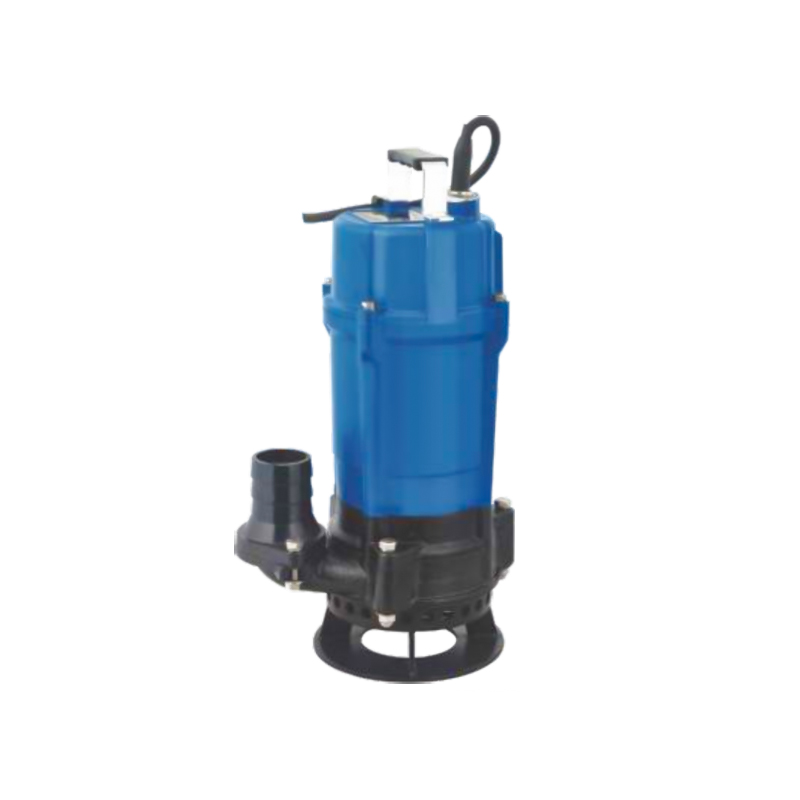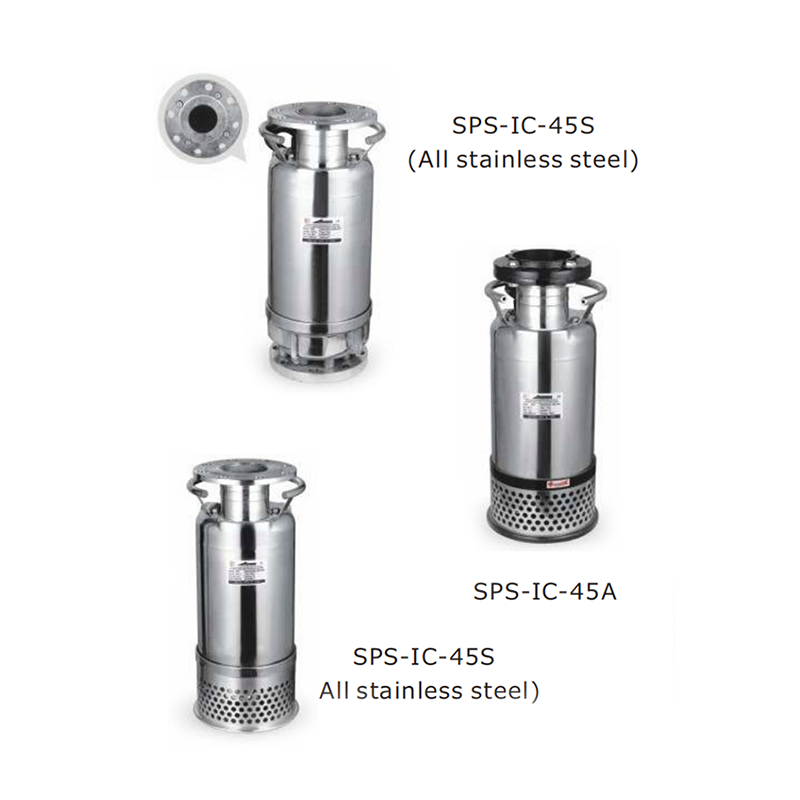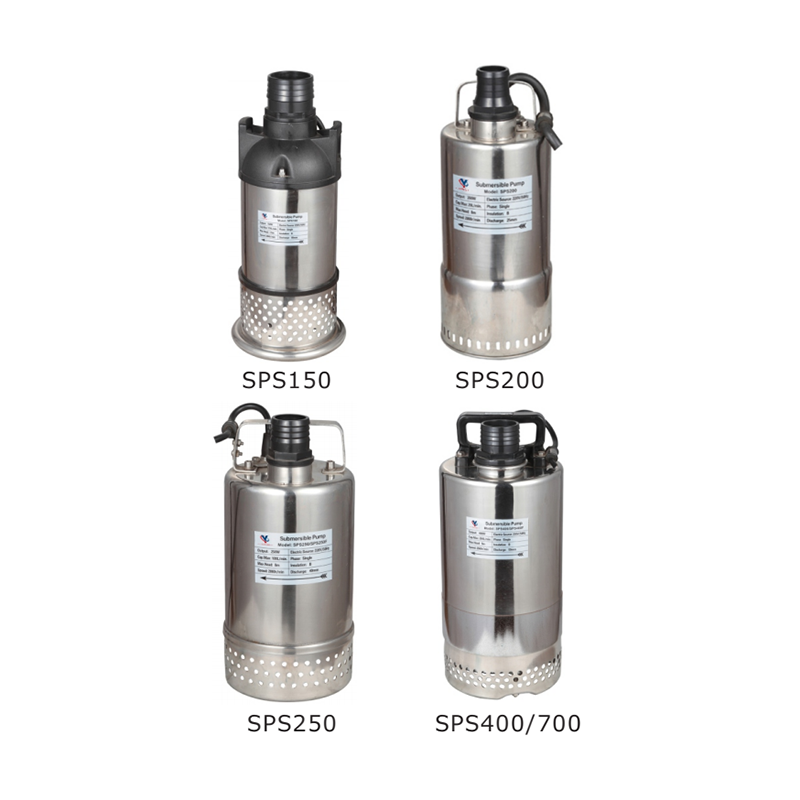In the dynamic world of construction and industrial operations, effective dewatering is crucial for maintaining site safety and operational efficiency. The Submersible Pump for Dewatering has emerged as a highly effective solution, offering a range of benefits while also presenting some challenges that users need to be aware of.

Advantages of Submersible Pumps for Dewatering
Efficiency and Performance:Submersible pumps are specifically designed to operate underwater, making them highly efficient for dewatering applications. They can handle large volumes of water and are capable of pumping out water quickly and effectively. This is particularly important in construction sites where rapid removal of water is necessary to prevent delays and ensure a safe working environment.
Portability and Ease of Installation:One of the significant advantages of submersible pumps is their portability. These pumps are relatively lightweight and compact, making them easy to transport and install. They can be quickly deployed in various locations, which is essential in dynamic construction environments where conditions can change rapidly. The ease of installation also means that they can be set up with small disruption to ongoing work.
Challenges and Considerations
Maintenance Requirements:While submersible pumps are durable, they do require regular maintenance to ensure ideal performance. Users need to be aware of the potential for wear and tear, especially when pumping water with high levels of sediment or debris. Regular inspection and cleaning are essential to prevent clogging and damage to the pump's impeller and other components.
Cost:The initial cost of submersible pumps can be relatively high, especially for high-capacity models. However, the long-term benefits in terms of efficiency and reliability often justify the investment. Users should also consider the total cost of ownership, including maintenance and energy consumption, when evaluating the cost-effectiveness of these pumps.
Operational Limitations:Submersible pumps are designed to operate underwater, which means they are not suitable for all types of dewatering applications. Users need to carefully assess the specific requirements of their project to ensure that a submersible pump is the right choice. Additionally, the pumps need to be properly sized to match the volume of water to be removed, as over- or under-sizing can cause inefficiencies and potential damage.
Applications of Submersible Pumps for Dewatering
Construction Sites:Submersible pumps are indispensable in construction projects, especially in areas prone to flooding or where groundwater levels are high. They are used to remove water from excavations, trenches, and basements, ensuring that construction activities can proceed without interruption. By keeping the site dry, these pumps help to maintain the structural integrity of the construction and prevent potential hazards.
Industrial Facilities:In industrial settings, submersible pumps are used for a variety of dewatering tasks. They can handle wastewater removal, sump pit drainage, and groundwater control. Their ability to operate underwater makes them ideal for applications where water accumulation is a common issue. This helps to maintain a safe and efficient working environment, reducing the risk of accidents and equipment damage.
Conclusion
The Submersible Pump for Dewatering is a versatile and efficient tool that has become essential in various construction and industrial applications. As technology continues to advance, these pumps are likely to become even more efficient and reliable, further enhancing their role in modern dewatering solutions.



 English
English русский
русский عربى
عربى







